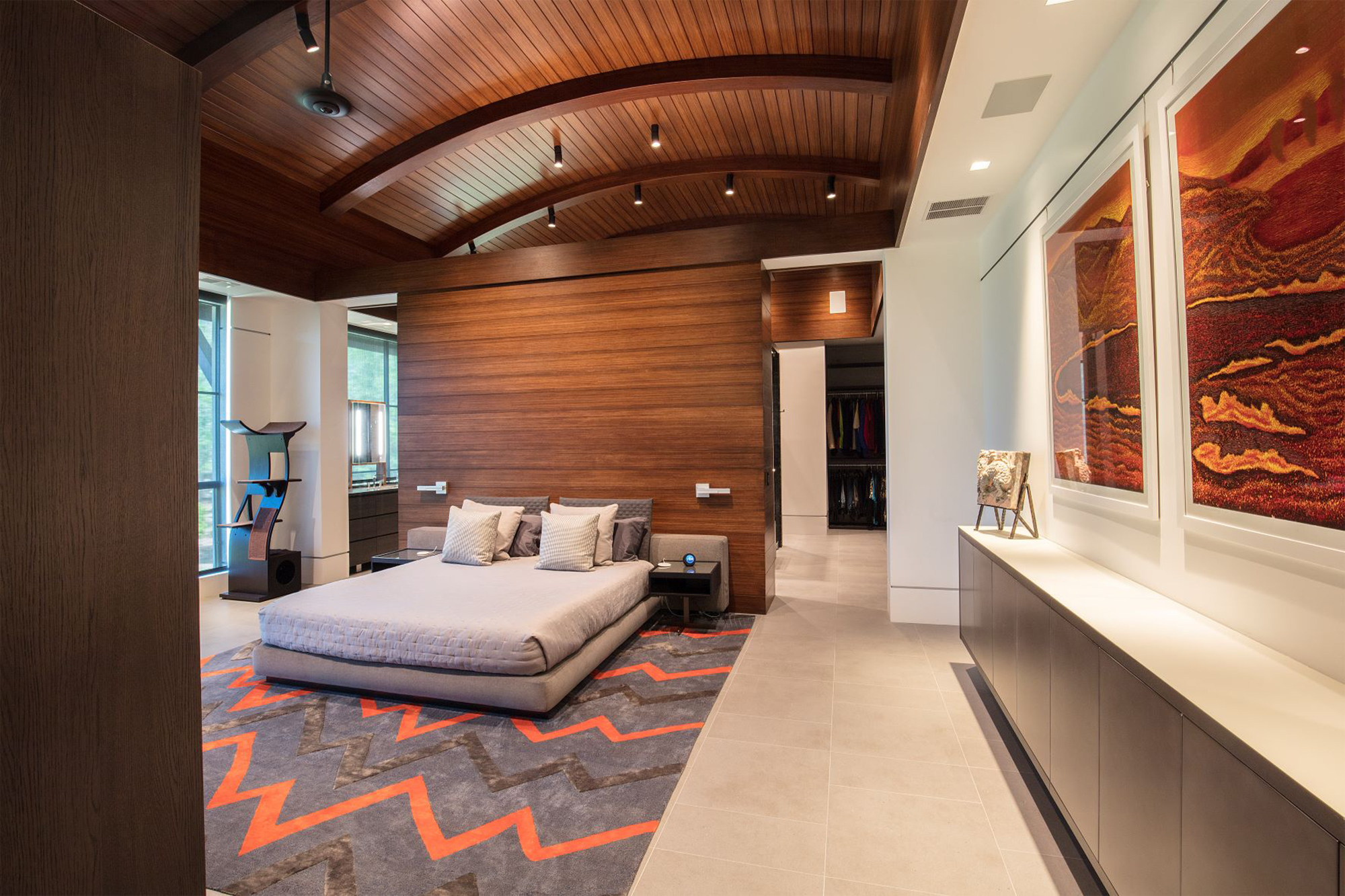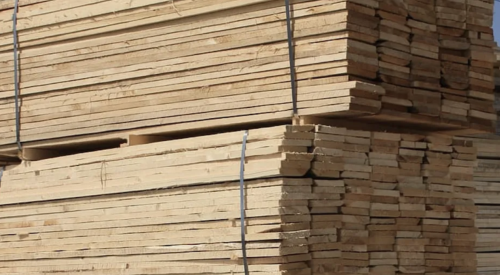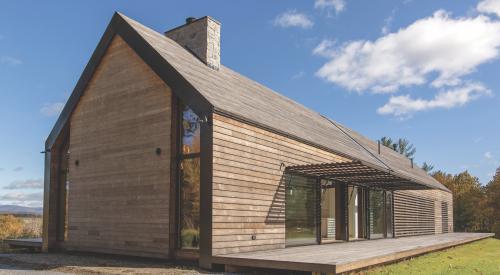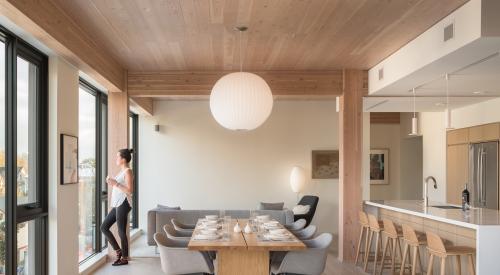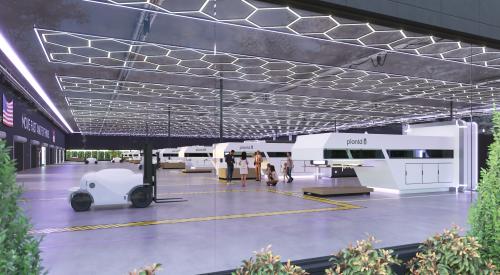Mention “bamboo” and “design,” and many people’s thoughts will turn to flooring. While bamboo flooring has been around for millennia, it’s been widely seen in the U.S. only since the early 1990s. The more recent innovation of strand-woven bamboo offers greater durability and integrity than traditional bamboo flooring—and can be milled into floorboards that are more than twice as hard as red oak.
But the woody plant can have many more architectural applications. Called the “green steal” of the 21st century, bamboo is one of the world’s fastest-growing plants, with a tensile strength greater than steel and a higher compressive strength than concrete or wood.
Bamboo isn’t just for your floor anymore. Which Lamboo has known for years. “We’ve thought beyond the floor by focusing on structural and exterior applications of engineered bamboo,” says Jeran Hammann, executive vice president, Lamboo, a manufacturer and supplier of architectural products using bamboo.
BAMBOO FOR MORE THAN FLOORING
Founded in 2007, Lamboo uses an engineered bamboo designed for architectural applications. Based in Litchfield, Ill., the company sources the material from several East Asian factories that use a couple of bamboo species out of the world’s estimated 1,600 different bamboo species. The factories produce the engineered bamboo to Lamboo’s specifications, manufacturing the product typically in dimensional lumber or panels.
Special adhesives, binders, and other treatments are applied to the bamboo so that it can be used in exterior and structural applications, such as glulam beams (or glued laminated timber) and post and beams. Lamboo then takes the engineered bamboo and further processes it per its fabrication and finishing requirements, then customizes the product for its particular projects.
In addition to panels and veneer, Lamboo’s interior products include ceilings and stair treads. Its exterior offerings include siding, decking, and a rainscreen system that mounts onto walls with hidden clips. And among its structural-grade products, Lamboo offers windows, entry and interior doors, beams, and curtainwall systems (the framing that holds glass panels in place).
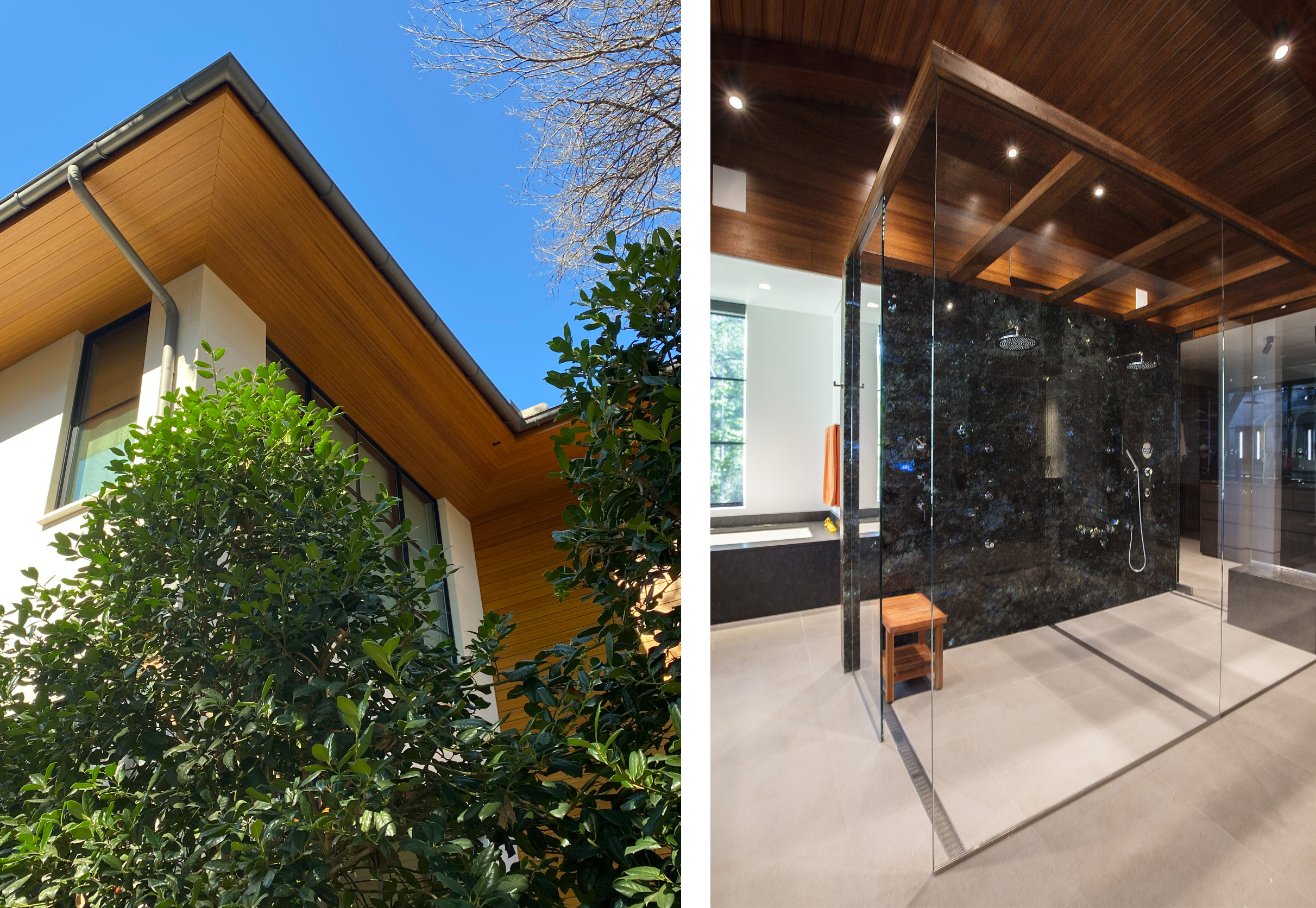
One of the biggest benefits of bamboo, Hammann says, is its sustainability: Bamboo is carbon negative, meaning it sequesters carbon. “That’s a huge advantage for all the architects and designers trying to reduce the carbon footprint of their projects,” he says. When compared to fast-growing woods in the U.S., Lamboo’s bamboo captures up to 50% more carbon from the atmosphere, Hammann adds.
Timber bamboo, which can be harvested annually, grows so quickly that the volume of bamboo fibers grown in four to seven years equals the volume of timber pine fibers grown in four to six decades.
Lamboo’s engineered bamboo is also stronger than lumber, with up to 2.5 times the strength of a competing construction material, according to Hammann. And then there’s the aesthetic benefit, he says: “People gravitate to this clean, uniform, aesthetically pleasing material.”
HOMES BUILT WITH LAMBOO
A custom home in South Carolina used almost every type of product that Lamboo offers—including exterior siding, post and beams, ceilings, and doors. A tiny home in Ohio used Lamboo for sections of its exterior walls, while an accessory dwelling unit (ADU) in Hawaii used the material for its interior cabinets, flooring, exterior decking, and soffit system. A recently built middle-high school in Massachusetts sports Lamboo’s curtainwall.
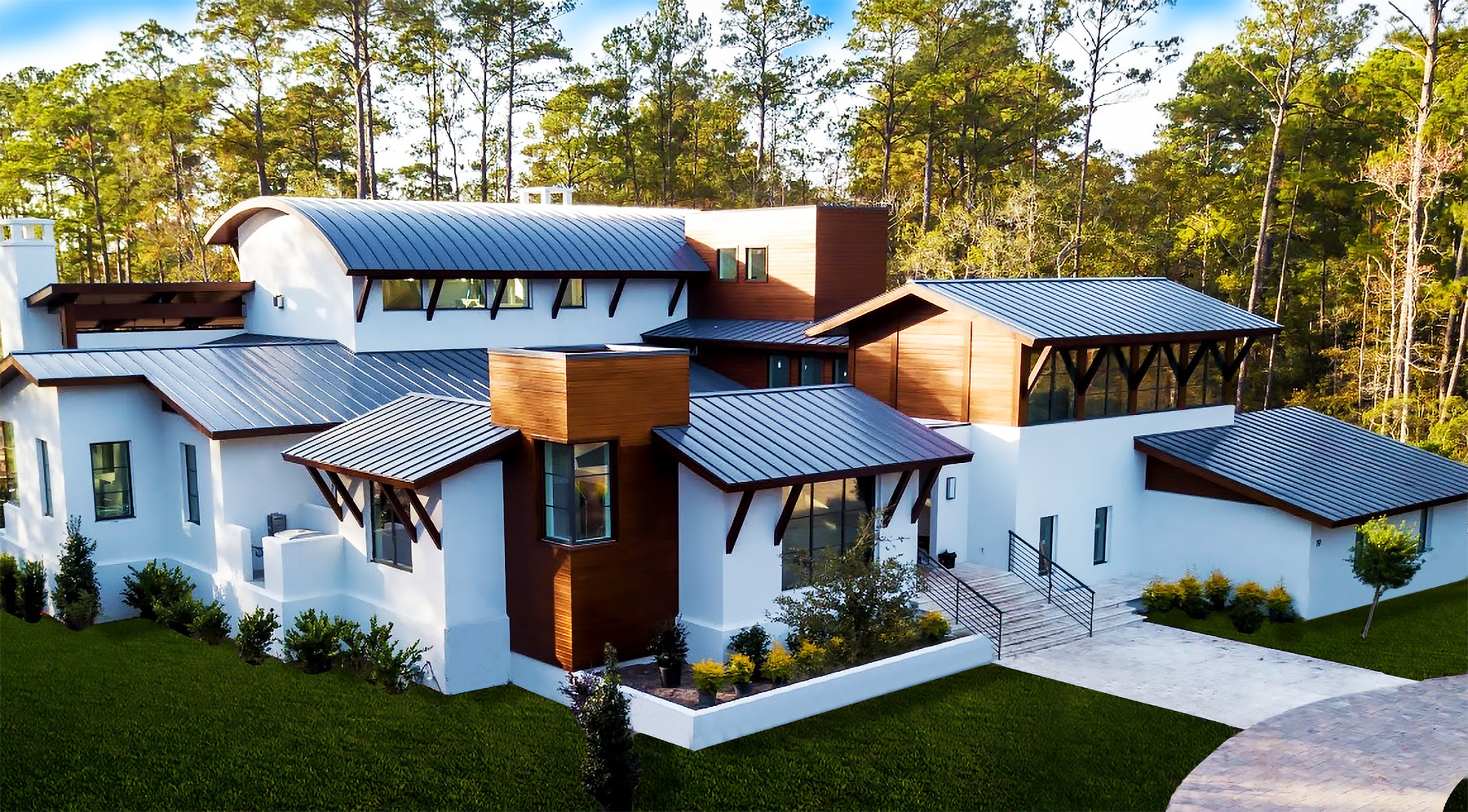
Even with its structural applications, Lamboo’s material is used in visible areas, Hammann says. “Our products are meant to be seen.” (One area where Lamboo’s products can’t be used: below-ground applications.)
In terms of cost, Hamann places Lamboo’s products in the “mid- to higher-range price point” when compared to other materials. It’s more expensive than typical building lumber but not as pricey as high-end materials such as Ipe wood and some composites.
Lamboo’s customers are usually general contractors and subcontractors, though the company can work directly with homeowners. While Lamboo has mostly served the Midwest, Florida, and Texas, it’s looking to expand its sales operations to the East and West Coasts. And while the company has tried to work with distributors, it’s found more success in distributing its own products. “We’re the experts in the material, so it’s easier for us to address any project questions and concerns that an architect, designer, or homeowner might have,” Hammann says.


